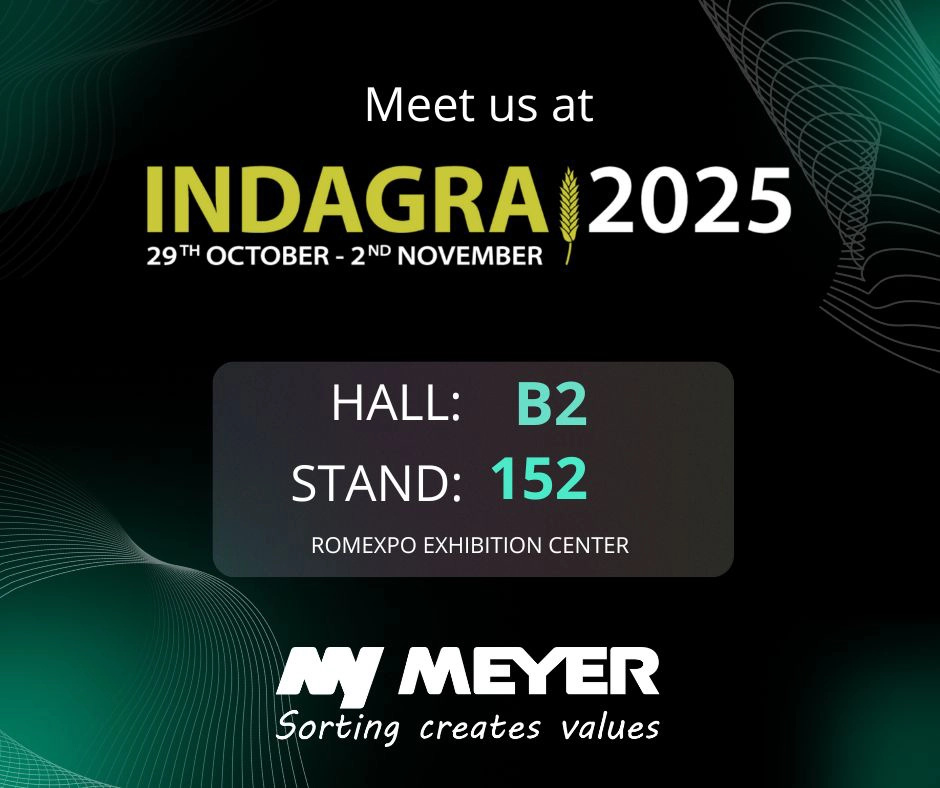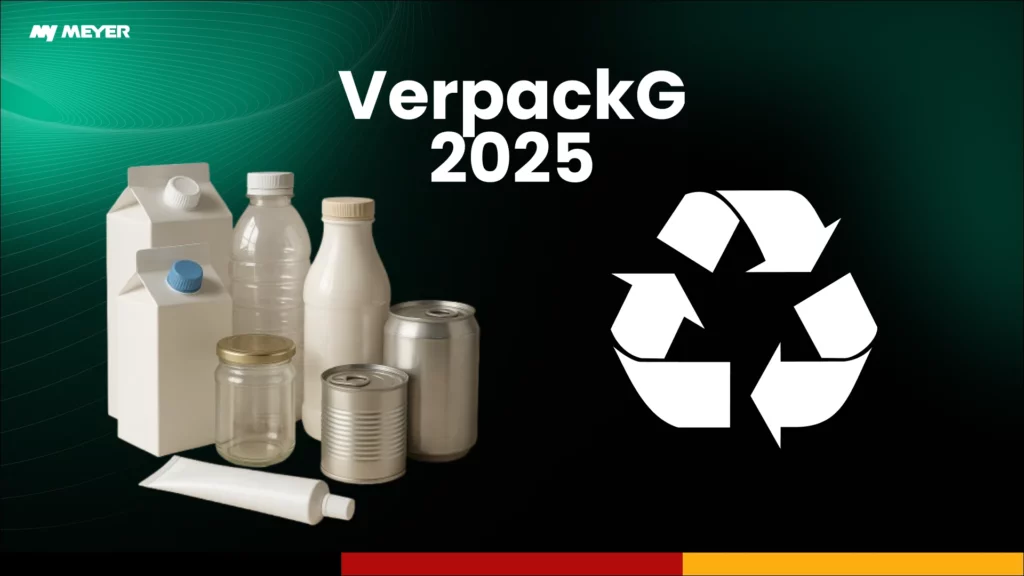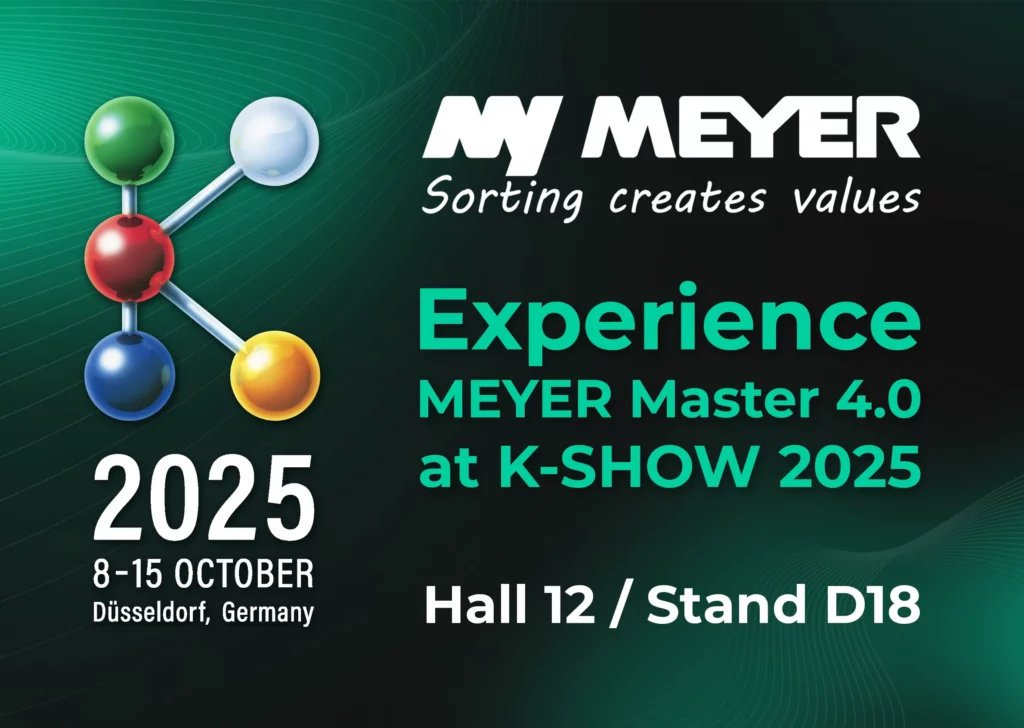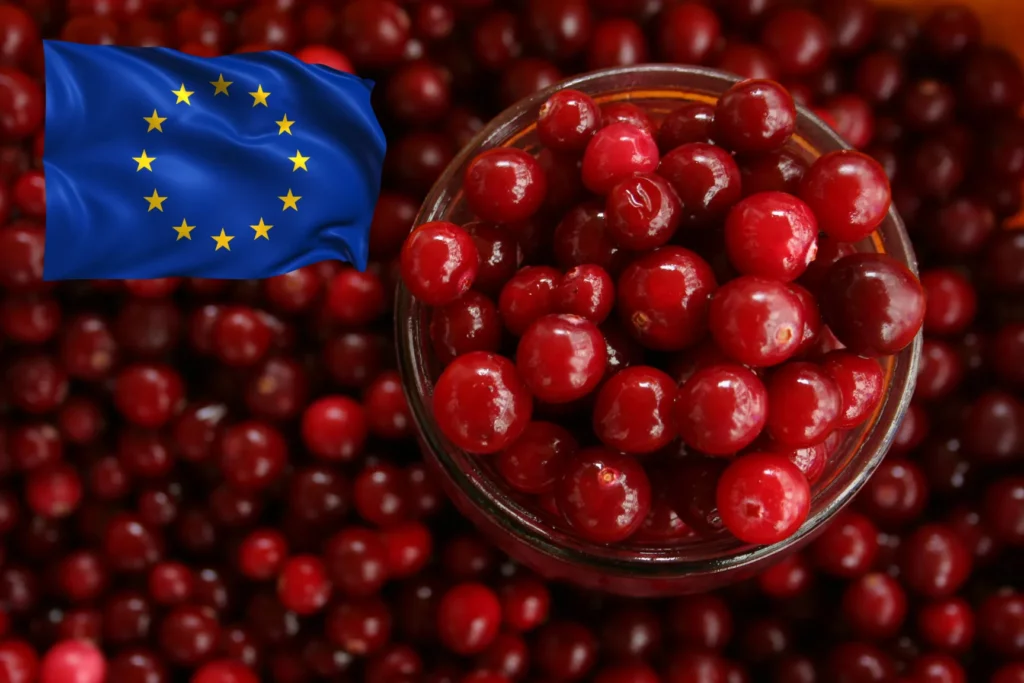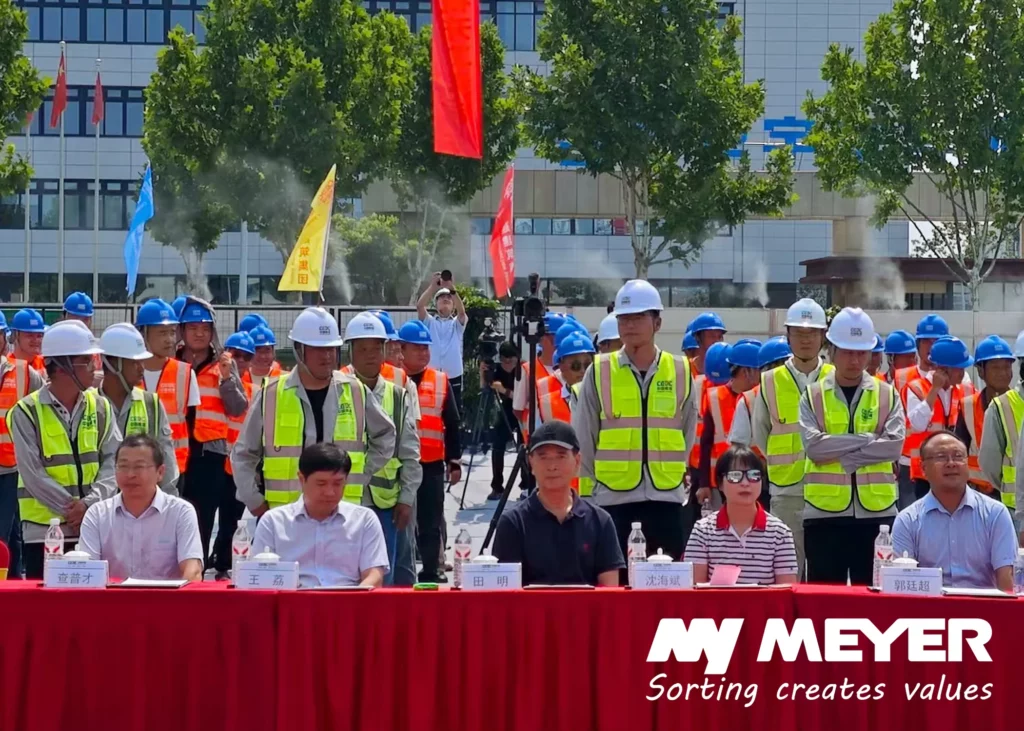Why Optical Sorting is Crucial in Pharmaceuticals
- Regulatory Compliance
Organizations such as the U.S. Food and Drug Administration (FDA) and the European Medicines Agency (EMA) impose rigorous standards to safeguard drug safety. Optical sorting plays a critical role in helping companies comply, as its automated systems can quickly detect and remove inconsistencies, thereby minimizing the risk of releasing substandard products. - Consumer Safety
Even minor variations—like discoloration, surface defects, or slight contamination—can compromise patient safety. Optical sorting offers high-resolution inspections and real-time rejections to prevent defective products from reaching end users. - Brand Protection
The pharmaceutical sector is unforgiving when it comes to recalls and quality scandals; reputational damage can be irreversible. By integrating reliable optical sorting solutions, manufacturers reduce the risk of costly recalls and uphold their brand’s integrity. - Cost Efficiency
While optical sorting machines may require a substantial initial investment, the long-term advantages are significant: decreased labor costs, minimized recalls, reduced material waste, and streamlined operations—all contributing to a better return on investment.
Key Technologies Driving Optical Sorting in Pharma
Different sensor-based methods cater to diverse inspection needs. Below is an overview of the main technologies powering optical sorting systems, including those offered by Meyer.
| Technology | Overview | Typical Pharma Application |
| Machine Vision | Utilizes high-resolution cameras and image-processing algorithms to identify defects based on color, shape, or branding. | Detecting off-color tablets, flawed coatings incorrect imprints or surface cracks in tablets. |
| Near-Infrared (NIR) | Analyzes the density of materials via NIR wavelengths, identifying contaminants invisible to standard cameras. | Filtering out organic vs. inorganic contaminants |
| Hyperspectral | Captures a broad spectrum of wavelengths to reveal both physical in complex products. | Inspecting multi-layered tablets for uniform composition and coating. |
Meyer, a global leader in optical sorting solutions, integrates these technologies into customizable systems that cater specifically to the pharmaceutical industry’s unique regulatory and quality demands.
Real-World Applications and Examples
Although strict confidentiality clauses often prevent disclosing detailed case studies, large-scale pharmaceutical manufacturers worldwide have reported significant improvements in operational efficiency and product purity after adopting Meyer-style optical sorting systems:
- Reduced Defect Rates: By catching color and coating defects at speeds exceeding thousands of units per minute, manufacturers have slashed batch rejection rates.
- Lower Cross-Contamination Incidents: Advanced sensors—particularly NIR and hyperspectral—help detect and segregate foreign materials, ensuring cleaner product output.
- Enhanced Traceability: Automated data logging allows production teams to quickly trace the source of any quality deviations, facilitating root-cause analysis and continuous improvement.
Key Benefits of Optical Sorting
- High Accuracy and Speed
Optical sorters can evaluate large volumes of products at a remarkable throughput. By setting precise inspection criteria, they significantly reduce the likelihood of human error, ensuring more consistent quality control. - Comprehensive Data Collection
Modern systems record every inspection, generating real-time analytics and trends. This information helps companies make data-driven decisions to refine upstream processes and achieve continuous quality improvement. - Reduced Labor Costs
Manual inspection is time-consuming and heavily reliant on individual operator skill. Automated solutions not only improve consistency but also free up human resources for higher-level tasks. - Regulatory Readiness
Automated optical sorting supports meticulous documentation required by regulators. The technology logs every rejected unit and defect type, simplifying compliance audits. - Scalability
Optical sorting solutions can be designed to accommodate varying production scales, from smaller pilot runs to large, continuous manufacturing lines.
Challenges and Considerations
- Initial Capital Investment
High-end optical sorting systems represent a substantial financial outlay. However, when balanced against savings from reduced waste, fewer recalls, and streamlined operations, the return on investment is typically favorable. - System Integration
Adding a high-speed optical sorter to an existing line involves careful planning around conveyor flow, software compatibility, and physical space. Early collaboration between equipment suppliers and plant engineers can reduce bottlenecks. - Training and Expertise
Operators and technicians must understand both the hardware and software components. A thorough training program is essential for maintaining high performance and quickly resolving issues. - Regular Maintenance and Calibration
Sensor performance can degrade over time. Proactive maintenance routines—including cleaning lenses and recalibrating cameras—help maintain optimal accuracy.
Best Practices for Successful Implementation
- Comprehensive Needs Assessment
Define your inspection goals: Are you primarily concerned with contamination, color variations, or chemical composition? Understanding these needs will guide the choice of sensor technology (e.g., NIR, hyperspectral, x-ray). - Pilot Testing
Running a pilot program helps teams identify real-world bottlenecks and build the business case for broader deployment. This step also provides baseline metrics for measuring ROI. - Seamless Software Integration
Optical sorting solutions should integrate with existing Manufacturing Execution Systems (MES) or Enterprise Resource Planning (ERP) platforms. Automated data collection enables advanced analytics and simplifies compliance reporting. - Continuous Improvement
Use data from your optical sorter to analyze defect patterns, then adjust upstream processes or machine settings. This feedback loop fosters ongoing enhancements in quality and throughput. - Partner with Experts
Collaborating with a solution provider like Meyer ensures access to technical support, tailored training, and hardware configurations designed to meet the pharmaceutical industry’s rigorous demands.
Further Reading and Resources
- Books & Academic Studies
- Pharmaceutical Quality by Design: A Practical Approach by Walkiria S. Schlindwein and Mark Gibson
- Quality Control in the Pharmaceutical Industry (Journal of Pharmaceutical Technology)
- Regulatory Guidance
- FDA: Current Good Manufacturing Practice (CGMP)
- EMA: Quality Guidelines
- Professional Journals
- Pharmaceutical Technology
- International Society for Pharmaceutical Engineering (ISPE) Journal
Conclusion
With the pharmaceutical sector under mounting pressure to deliver safer, higher-quality products, optical sorting has emerged as a cornerstone technology. By combining high-speed automation, sophisticated sensors, and advanced analytics, these systems drastically reduce defects, enhance regulatory compliance, and ultimately protect the integrity of both products and brands.
Meyer offers robust, customizable solutions tailored to the nuanced demands of pharmaceutical manufacturing, ensuring consistent quality and efficiency at scale. By embracing optical sorting and following best practices—from pilot testing to ongoing data-driven improvements—pharmaceutical companies can forge a stronger path toward excellence, innovation, and, most importantly, patient safety.

